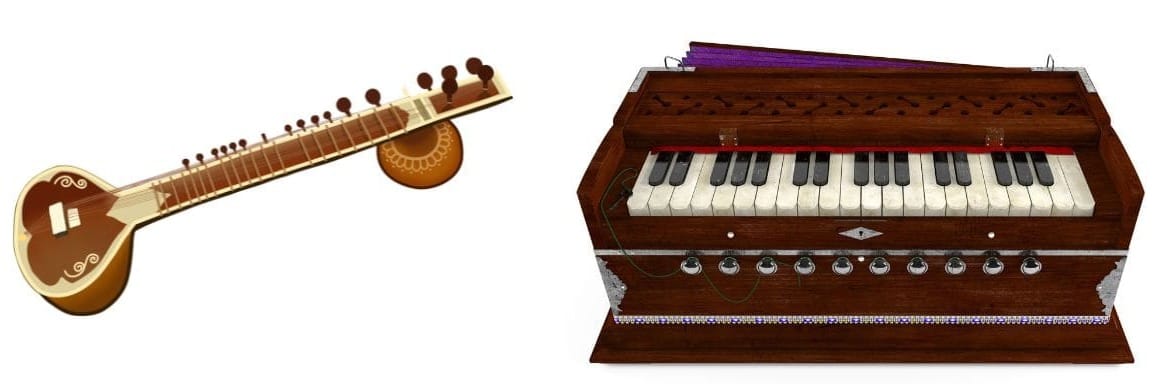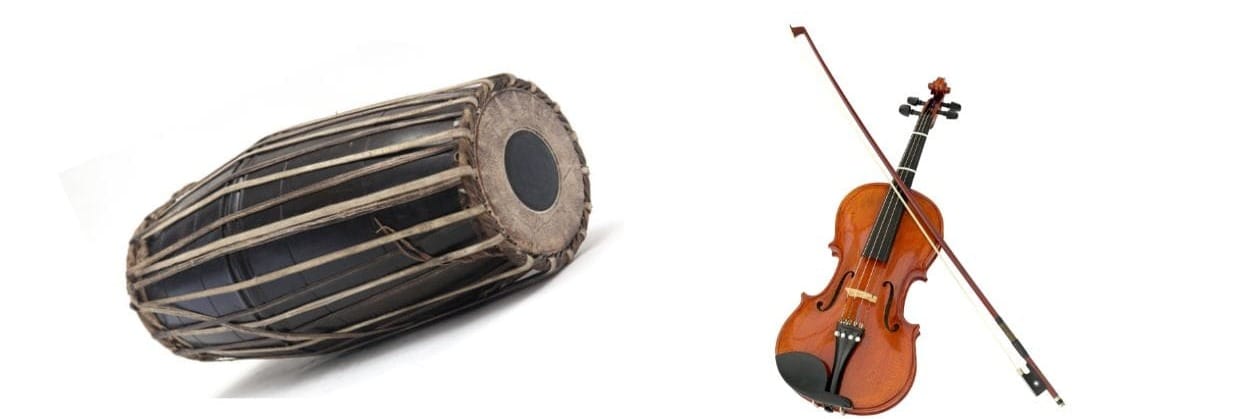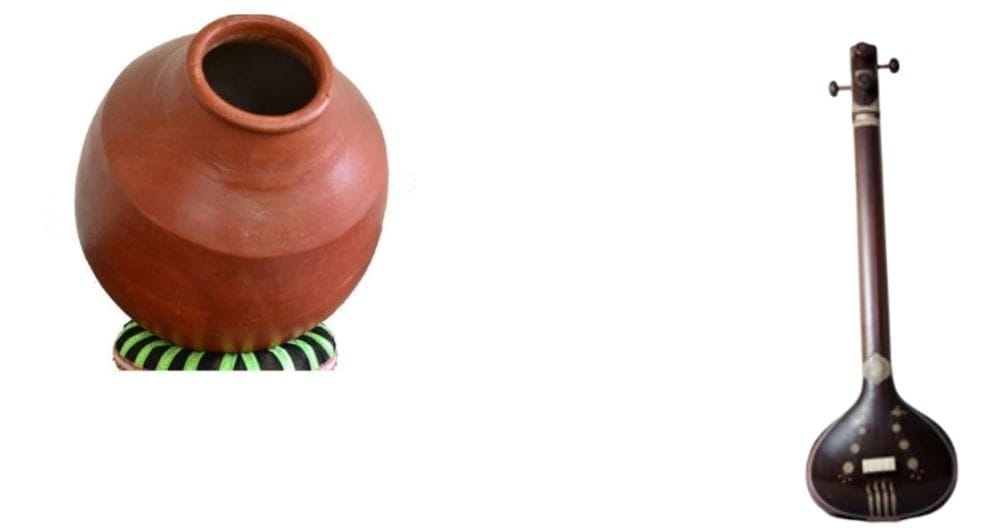
Table of Contents
India is the only country that has such a rich culture of music with “two immortal streams of classical music” i.e., Carnatic music also known as the South Indian music, and the Hindustani music, which is known as the North Indian music. A person who is into music, either Carnatic or Hindustani, should be aware of the major differences between these two forms of classical music.
Let's look into some of the major differences between these two classical forms.
1. Origin
The major difference between these two is their origin wherein it showcases the South-North split. Hindustani music originated in North India such as Uttar Pradesh, Bihar, Rajasthan. Carnatic music originated in South India, mainly from the states of Tamil Nadu, Karnataka, Telangana and Andhra Pradesh.
2. Gamakas
Another major and striking difference between these two are the Gamakas. Both Carnatic and Hindustani music uses 12 notes, even though the application of decorations to a swara will be different.
The North Indian style uses the technique called “Meend” - which is a glide between the swaras.
The South Indian style uses a technique called "Kampitam", which shows the oscillation of swaras.

3. Language
The next major difference lies in the languages of the compositions or songs. Carnatic music uses all the South Indian languages like Tamil, Malayalam, Kannada, Telugu, and Sanskrit. Hindustani deals with Rajasthani, Punjabi, Urdu, Braj Bhasha language compositions. Understanding this difference will help you to choose the style which you are comfortable with. And also it helps you to execute a song with its correct pronunciation, accent and articulation.
4. Compositions
One of the major differences lies in the compositions. As Carnatic music gives a lot of importance to the sahitya or the lyrics, it clears the way towards a raga. It is through the compositions we are learning different ragas. While in Hindustani it's just the opposite. Here we learn the ragas from the earlier stage itself to bring up the creativity and the compositions are just the clear route to that.
5. Voice Culture & Ornamentations
- Hindustani singers are used to the throat cavity singing technique to bring up the resonance, whereas Carnatic music is using a bit of nasal cavity for the resonance.
- The main ornamentation in Hindustani is the Aakar (‘आ’कार) singing, whereas in Carnatic it is Thathari, Na Ra, etc…
The below given Jugalbandi will help you to understand the vocal usage.
6. Theme

Both the Carnatic and Hindustani music uses different emotions like love, romance, betrayal, sorrows, requests, happiness and so on in the compositions. In Carnatic it will be more expressed through devotional context whereas in Hindustani it's like a human emotion. These emotions will help you to understand the gist of the composition and the involvement while singing will be high.
7. Raga Classification
Carnatic music follows the 72 Melakartha system, where we will get the reference to different Janaka and Janya ragas (Parent & Child ragas). And there is a wide variety of ragas in Carnatic music with the combination of 16 swaras/notes.
Hindustani music follows the 10 Thaat system (Parent scales with 7 notes) which again leads to the raga classification.
Few examples of the Carnatic ragas and its equivalent Thaats:
8. Tala/Rhythm Cycle
This is the next major difference between both of these styles. Some of the common talas used in both the styles are given below.
The above given are the very few common talams. These talams are again divided into varieties.
9. Instruments
Some of the melodious and percussion instruments used in Hindustani music are Sitar, Harmonium, Sarod, Tabla, Shehnai, Flute, Pakhawaj, and so on.
In Carnatic music it is Saraswati Veena, Mrudangam, Violin, Ghatam, Khanjira, Morsing, etc… The very popular instrument Tanpura is common in both the styles.
a. Hindustani Instruments


b. Carnatic Instruments

